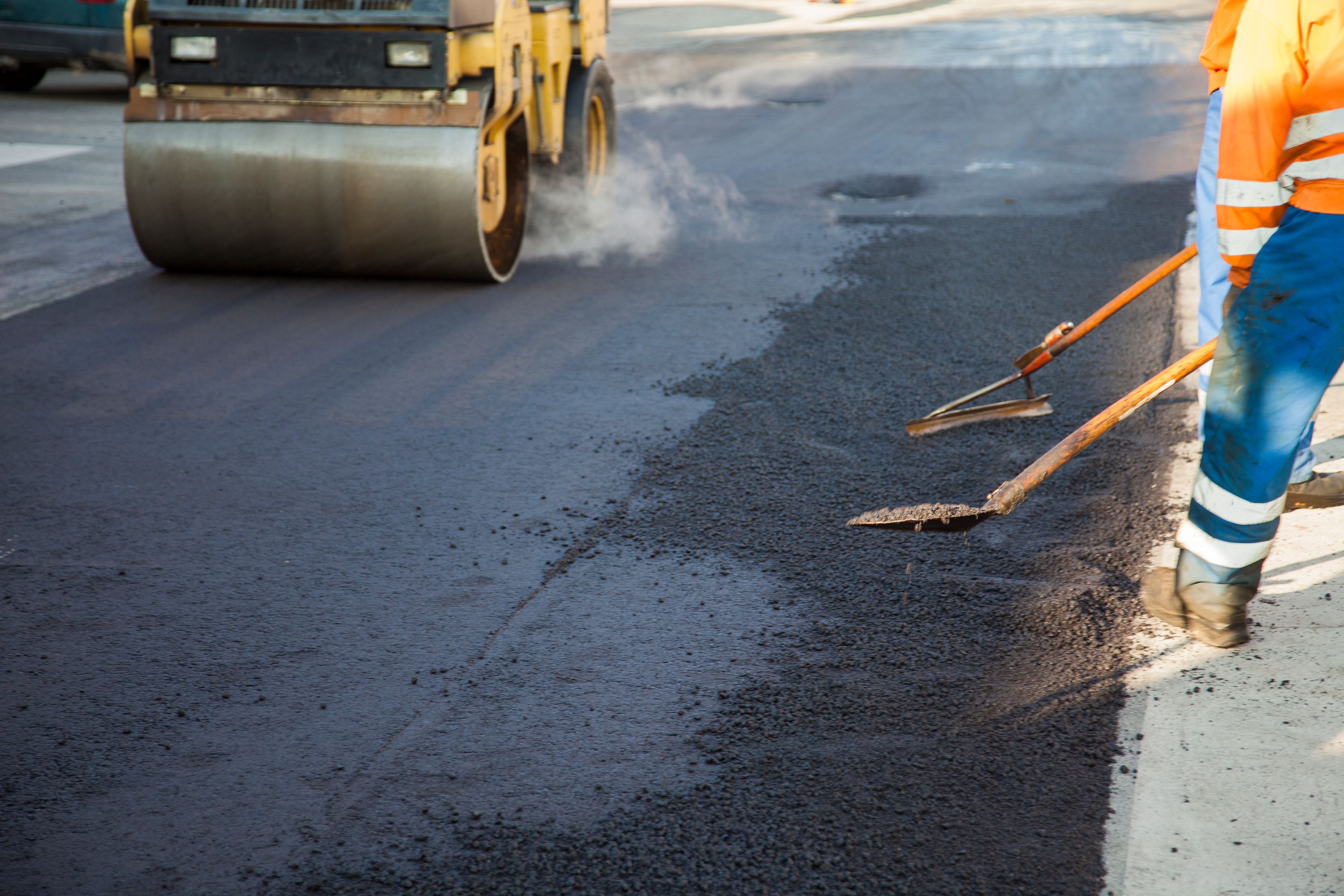Understanding CBR Testing in Construction
Introduction to CBR Testing
In the realm of construction, ensuring the stability and durability of the groundwork is crucial. One of the key methods used for this purpose is the California Bearing Ratio (CBR) test. CBR testing is a penetration test that evaluates the strength of subgrade soil and base courses. This assessment is essential in road construction and other civil engineering projects.
The CBR test provides valuable data on soil's load-bearing capacity, which aids engineers in designing pavements and structures that can withstand anticipated loads. Understanding the nuances of CBR testing can significantly impact the success of construction projects.

The Importance of CBR Testing
CBR testing is vital because it helps determine the thickness of materials required for road layers. By measuring the soil's resistance to penetration, engineers can make informed decisions about the type of materials needed for a stable foundation. This ensures the longevity and safety of infrastructure.
Moreover, CBR values are used to assess the suitability of soil for construction projects. Higher CBR values indicate stronger soils, which can support heavier loads, while lower values suggest the need for soil stabilization or reinforcement.

How CBR Testing is Conducted
The CBR test involves a straightforward process. A cylindrical plunger is pressed into a soil sample at a controlled rate, and the resistance to penetration is measured. The resulting value is compared to a standard curve to determine the soil's CBR value.
Typically, the test is conducted in situ or in a laboratory setting. In situ testing provides immediate results on-site, whereas laboratory testing offers more controlled conditions, which can provide more accurate data for analysis.
Steps in CBR Testing
- Prepare the soil sample by compacting it into a mold.
- Saturate the sample with water to simulate field conditions.
- Apply a standard load to penetrate the soil with a plunger.
- Measure the resistance offered by the soil to determine its CBR value.

Interpreting CBR Results
The results of a CBR test are typically expressed as a percentage. This value indicates how well a particular soil sample can support a load compared to a standard crushed rock sample. A higher percentage suggests better load-bearing capacity.
Engineers use these results to decide on necessary adjustments in construction plans. For instance, if a site yields low CBR values, it may require soil stabilization techniques such as lime stabilization or geotextiles to improve its bearing capacity.
Applications of CBR Testing
CBR testing is predominantly used in the design and construction of roads, highways, and airfields. It assists in determining the thickness of pavement layers required to support traffic loads over time.
Additionally, CBR tests are crucial in evaluating the suitability of various soils for embankments and foundations. This ensures safe and cost-effective construction practices by reducing the risks associated with foundation failures.

Conclusion
Understanding CBR testing is fundamental for professionals in the field of construction and civil engineering. It not only informs the design and material selection process but also helps in ensuring that infrastructure projects are built to last. By providing critical insights into soil behavior, CBR testing plays an indispensable role in modern construction practices.
As infrastructure continues to evolve, mastering such testing methodologies will remain essential for building durable and reliable structures that meet future demands.
